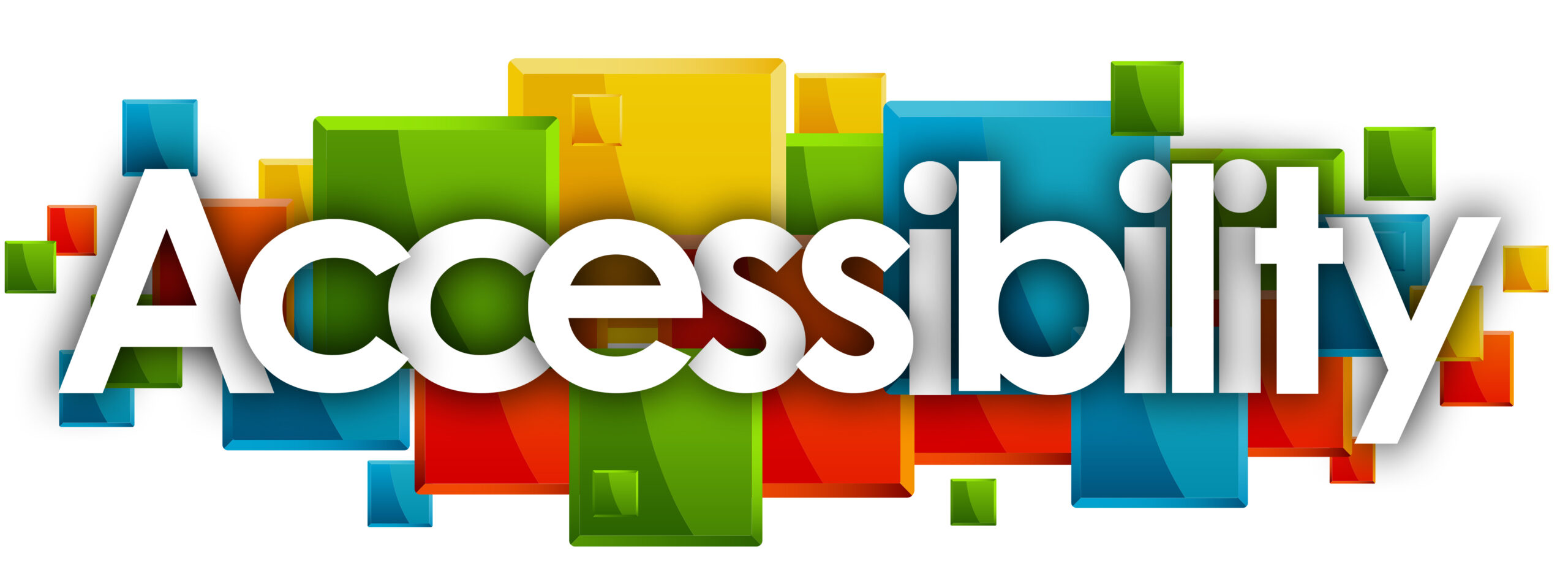*This article is an English translation of a Japanese article.
ISO/IEC 40500 is an international standard known for defining the “Web Content Accessibility Guidelines (WCAG) 2.0.” This standard aims to make web content accessible to all users, particularly those with disabilities affecting vision, hearing, or mobility. This article provides an in-depth look at the overview of ISO/IEC 40500, its scope, key guidelines, and the importance of implementing these standards to enhance web accessibility.
Overview of ISO/IEC 40500
ISO/IEC 40500 is a standard jointly issued by the International Organization for Standardization (ISO) and the International Electrotechnical Commission (IEC). It directly adopts the content of WCAG 2.0, which was developed by the Web Accessibility Initiative (WAI) to establish clear criteria for making web content more accessible. ISO/IEC 40500 serves as a crucial reference in legal and technical contexts, contributing significantly to the global improvement of web accessibility.
Relation to JIS X 8341-3:2016
ISO/IEC 40500:2012 has been adopted in Japan as the foundation for JIS X 8341-3:2016, the Japanese Industrial Standard for web accessibility. This ensures that web content in Japan adheres to international standards for accessibility, helping both businesses and public institutions create more user-friendly digital environments. JIS X 8341-3 plays a crucial role in shaping a web landscape that accommodates diverse users, including those with disabilities.
Scope and Purpose of ISO/IEC 40500
The scope of ISO/IEC 40500 is broad, encompassing websites, web applications, and electronic documents. Its goal is to provide equal access to information and services, especially for people who face challenges accessing web content. This includes:
- Visually impaired users (blindness, color blindness, low vision)
- Hearing impaired users (hearing loss, hypersensitivity)
- Users with mobility impairments (those who find it difficult to operate a mouse)
- Cognitively impaired users (learning disabilities, dementia)
- Users with temporary disabilities (e.g., a person with a broken arm)
Key Guidelines of ISO/IEC 40500
ISO/IEC 40500 is structured around four main principles: Perceivable, Operable, Understandable, and Robust, which outline the criteria for improving web content accessibility. By following these principles, websites can ensure greater accessibility for all users.
1. Perceivable
- Information and user interface components must be presented in ways that users can perceive.
- Example: Providing alternative text for images and captions for videos.
2. Operable
- The user interface and navigation must be operable for all users.
- Example: Offering keyboard-only navigation and limiting the number of flashing elements to prevent seizures.
3. Understandable
- Information and user interface must be easy to understand.
- Example: Providing clear, consistent navigation and understandable error messages.
4. Robust
- Content must be robust enough to be interpreted reliably by current and future assistive technologies.
- Example: Correctly marking up HTML and ensuring compatibility with the latest web technologies.
The Importance of ISO/IEC 40500
ISO/IEC 40500 provides a global framework to ensure web content is accessible to diverse users. For businesses and government agencies, adhering to this standard helps meet legal compliance while also expanding the reach to a broader audience. Enhanced accessibility can lead to improvements in SEO (Search Engine Optimization) and greater user satisfaction.
Promoting accessibility is not just for people with disabilities but also benefits the elderly, non-native speakers, and users with temporary impairments. Therefore, following ISO/IEC 40500 is the first step toward creating a web environment that is easy to use for everyone.
Conclusion
ISO/IEC 40500 sets the international standard for improving web content accessibility. By following this standard, organizations can ensure that all users, regardless of ability, have equal access to information. In Japan, JIS X 8341-3:2016, which is based on ISO/IEC 40500, is widely used as a domestic standard for web accessibility. As the future of the web progresses, it should be a space that is inclusive and accessible to all. Implementing ISO/IEC 40500 and JIS X 8341-3:2016 will be essential pillars in building that future.
We have released the UUU Web Accessibility Widget Tool, designed to make web accessibility easy to implement. This tool helps improve the accessibility of websites quickly and efficiently, even without specialized knowledge.
If you’re interested in enhancing your website’s accessibility, please check out the details. We are here to support you in making your website more user-friendly and accessible to a wider audience.
